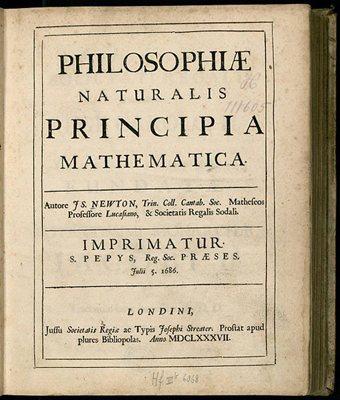35 6.0 Introduction

Motion itself can be beautiful, causing us to marvel at the forces needed to achieve spectacular motion, such as that of a dolphin jumping out of the water, or a pole vaulter, or the flight of a bird, or the orbit of a satellite. The study of motion is kinematics, but kinematics only describes the way objects move—their velocity and their acceleration. Kinetics considers the forces that affect the motion of moving objects and systems. Newton’s laws of motion are the foundation of kinetics. These laws provide an example of the breadth and simplicity of principles under which nature functions.
Isaac Newton’s (1642–1727) laws of motion were just one part of the monumental work that has made him legendary. The development of Newton’s laws marks the transition from the Renaissance into the modern era. This transition was characterized by a revolutionary change in the way people thought about the physical universe and describe motion.


